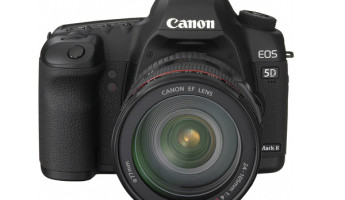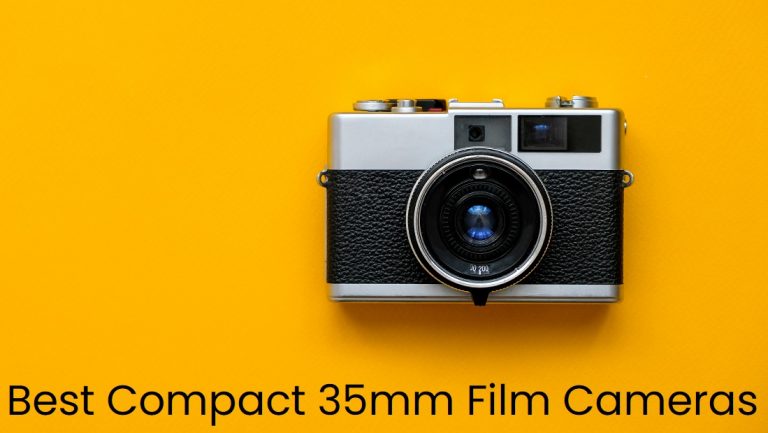
In fact, many of these cameras are currently used in conjunction with digital backs, making them the ultimate futureproof camera. These types of cameras have always been niche to some degree during the last 50+ years, but they continue to be made available due to their unique abilities that are still unmatched to this day. The final type of new film cameras available today are the view camera and technical cameras, available in large format and medium format designations. Leica M-A (Typ 127) Rangefinder Camera View Cameras and Technical Cameras It’s a sophisticated way for Nikon to end its film-camera production, and segues well into where its digital development began. There aren’t many other film cameras, if any, with this level of configurability, precision, or just sheer amount of technology. The F6 has all the bells and whistles you could ever wish for from a film camera, including an 11-point Multi-CAM 2000 AF system, 3D Color Matrix Metering, 5.5 fps continuous shooting (or up to 8 fps with the optional MB-40 grip), and 41 custom settings for configuring the camera to your own needs.
Best 35mm camera professional#
The Nikon F6 is the culmination of Nikon’s professional 35mm SLR legacy, succeeding the big and beautiful F5, the revolutionary F4, the coveted F3, the refined F2, and the iconic F. The only remaining film SLR in production.

Here’s a look at what’s available new, along with some recommendations for used classics. And looking beyond the brand new, there is, of course, an active used market for photographers looking to dip their toes into the film photography world. Believe it or not, there are still a few in-production film cameras available, brand new, today. If you happen to fall prey to one of these happy accidents, remember how it happened, and see if you can replicate it on purpose.New film cameras in 2020? Yes, it’s true. When it comes to film, something that seems like a “mistake” on the surface-like an unintentional light leak or even a mishap in the darkroom-could breathe new life into an otherwise ordinary image. “Most photographers have always had an almost superstitious confidence in the lucky accident,” Susan Sontag wrote in her 1977 book On Photography.
Best 35mm camera iso#
Also, keep in mind that you don’t want to change your ISO mid-roll since it’ll all get developed at once. If you’re not developing yourself, make a note to tell your lab (some might charge more, but it depends). Pushed film needs to be developed for longer, so it’s important to remember each time you do it. Pushing your film will result in more grain and contrast, so use it sparingly. It works best with black and white film and has been used from time-to-time by some of the greatest in the genre, including Garry Winogrand. For example, if you find yourself shooting in a dark nightclub with only 400-speed film, you can “push” it by setting your camera’s meter to ISO 1600.

In the majority of cases, your best bet is to set your camera’s ISO meter to the same speed you see on your box of film. In honor of the film revival, we’ve collected these quick tips for going analog. That’s quite a testament to the resilience of the medium. You can find the latest film photos on social media under popular hashtags like #FilmIsNotDead and #ShootFilmNotMegapixels. The oldest surviving negative dates back to 1835. As more companies roll out new analog tools, it’s becoming increasingly clear that film is timeless. This year, PDN named him as one of eight “ Guardian Angels of Analog Photography.”įilm photography memorializes the past, but it also represents the future. As for Kaps himself, he’s moved on too, focusing his efforts on peel-apart film.

You probably know it by its current name: Polaroid Originals. In the intervening years, the company has since introduced new film and cameras into the mainstream market. More than a decade later, Kaps’ goal doesn’t seem so impossible after all.

His mission was to bring film back from the brink of death. But seemingly out of nowhere, an Austrian man named Florian “Doc” Kaps swooped in and bought the last remaining Polaroid production plant in the Netherlands for 180,000 Euros. In 2008, Polaroid announced the end of film production within the company.


 0 kommentar(er)
0 kommentar(er)
